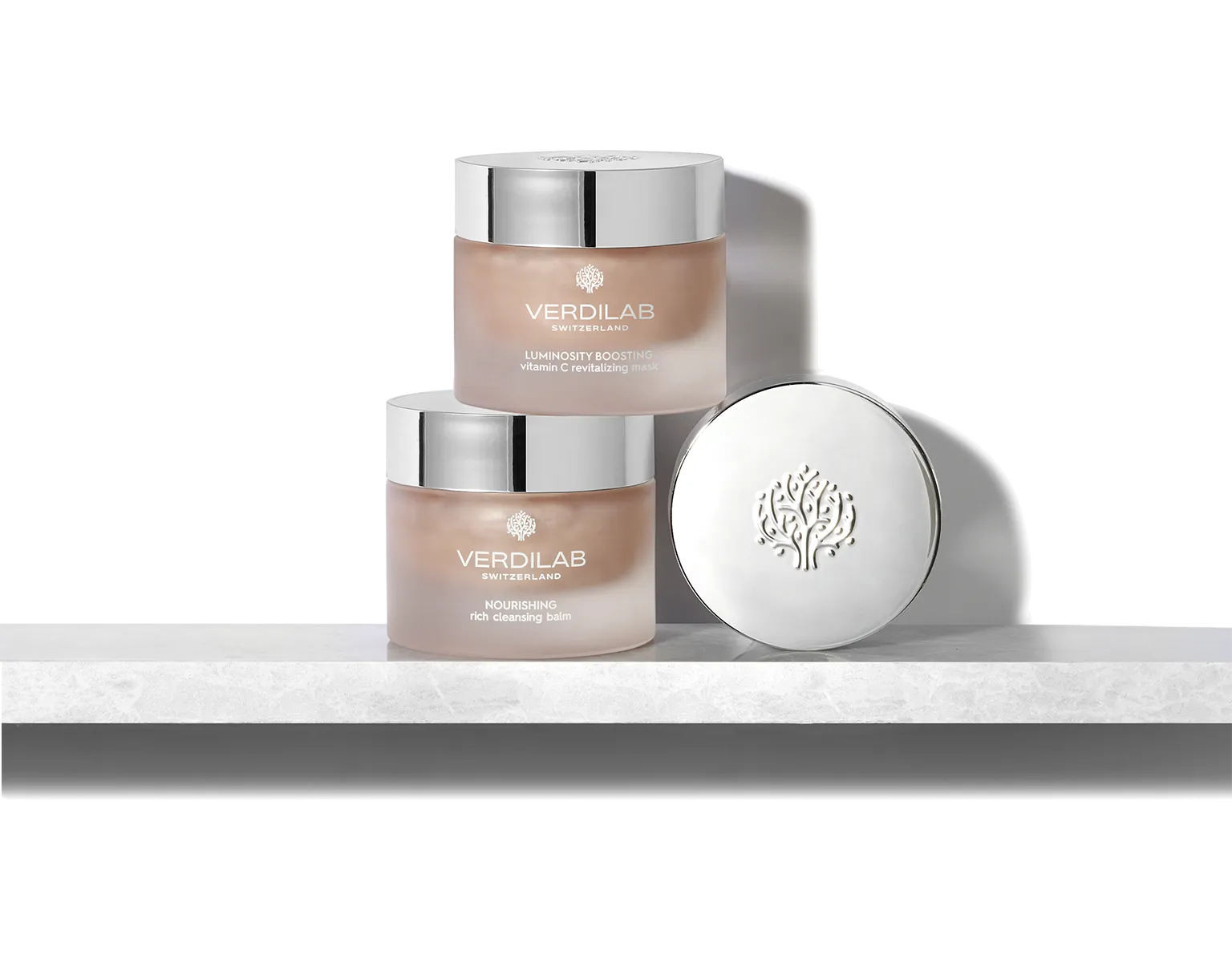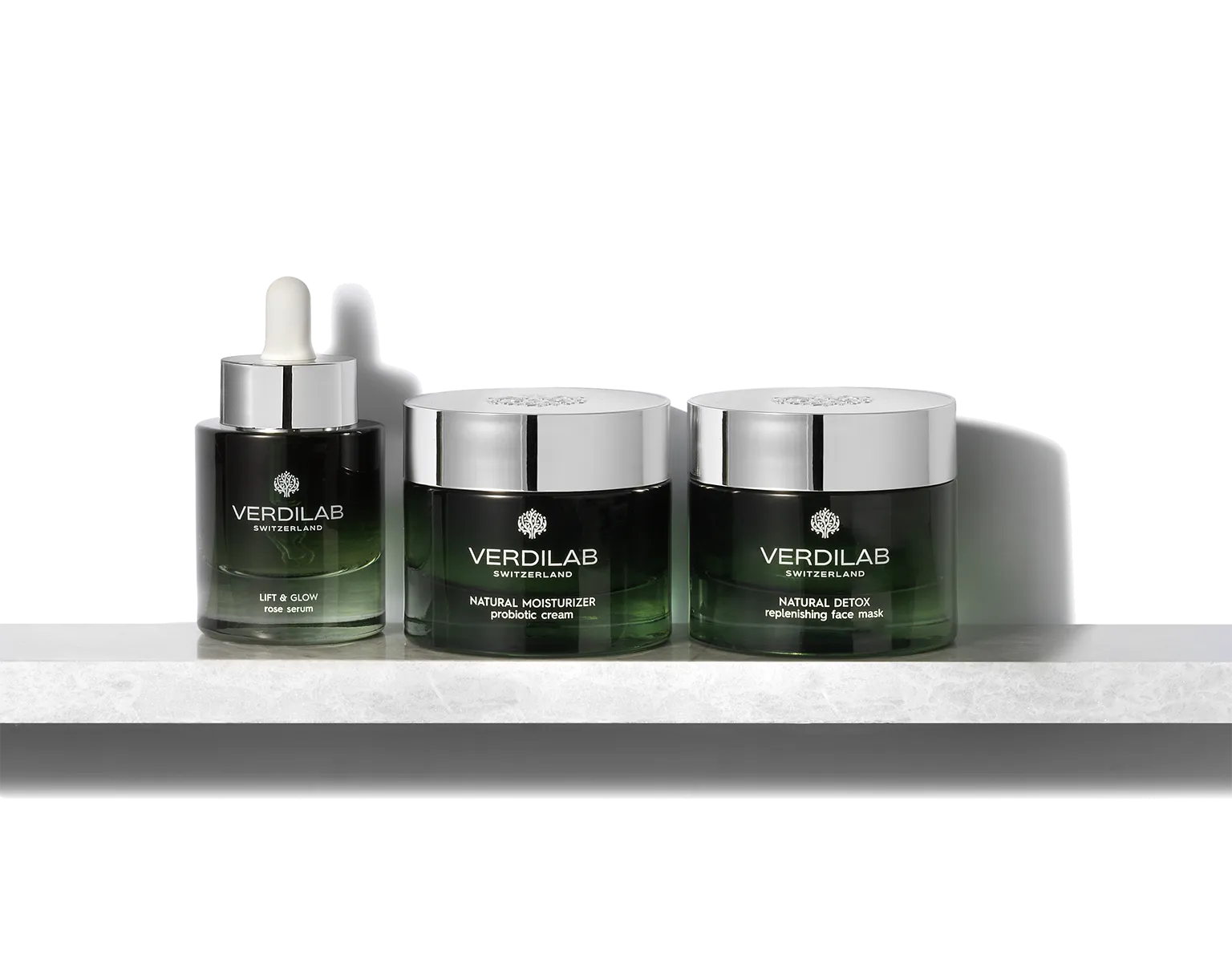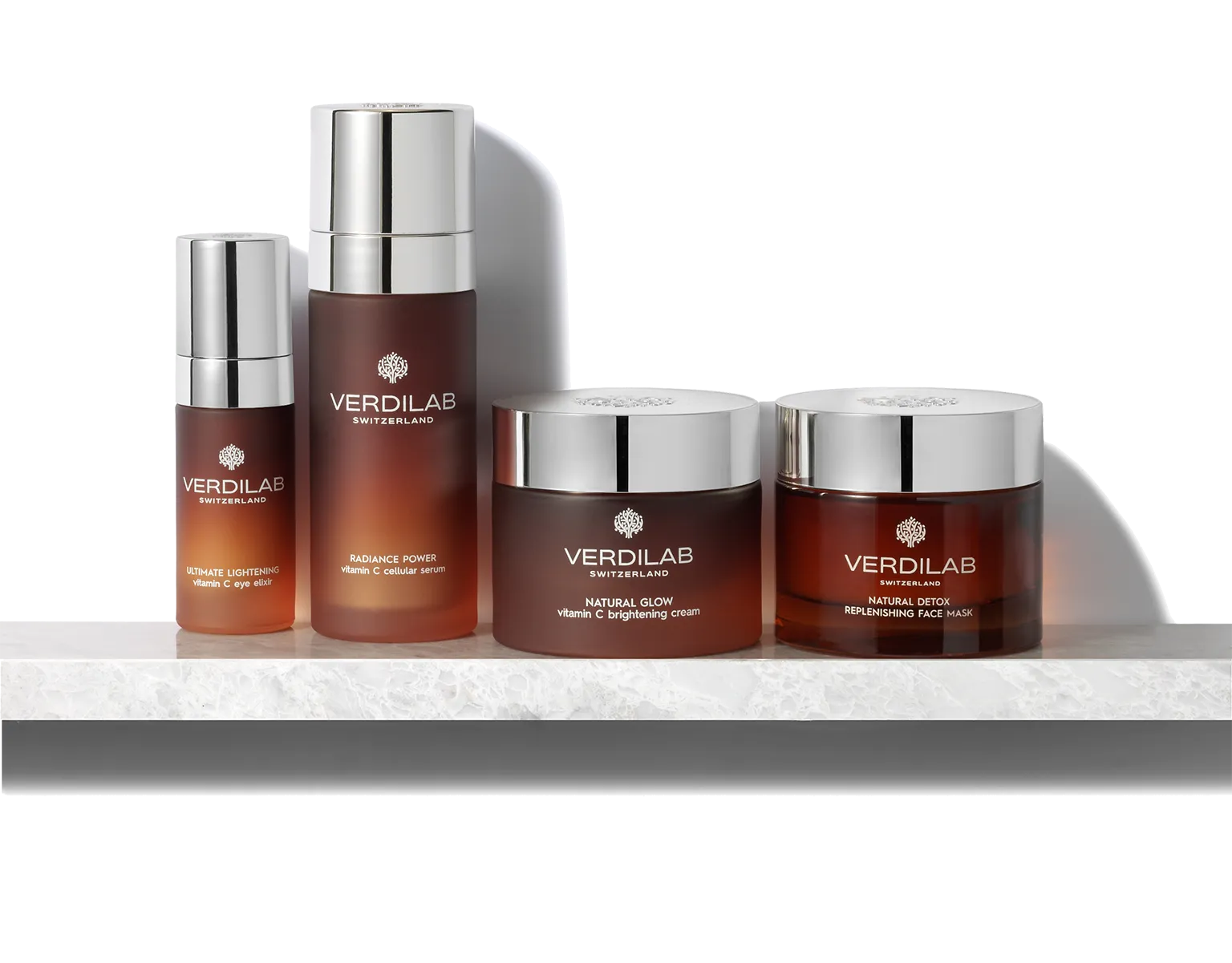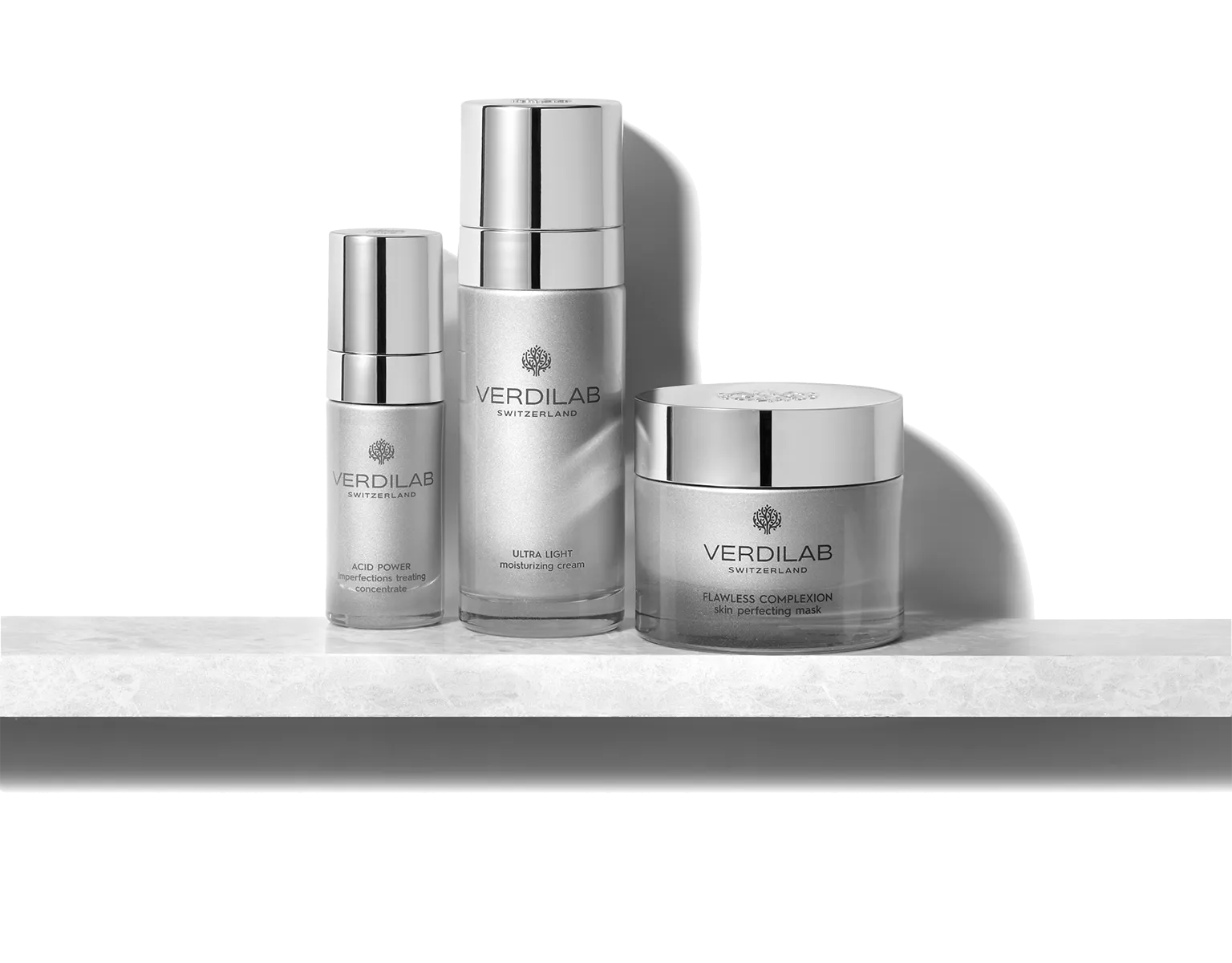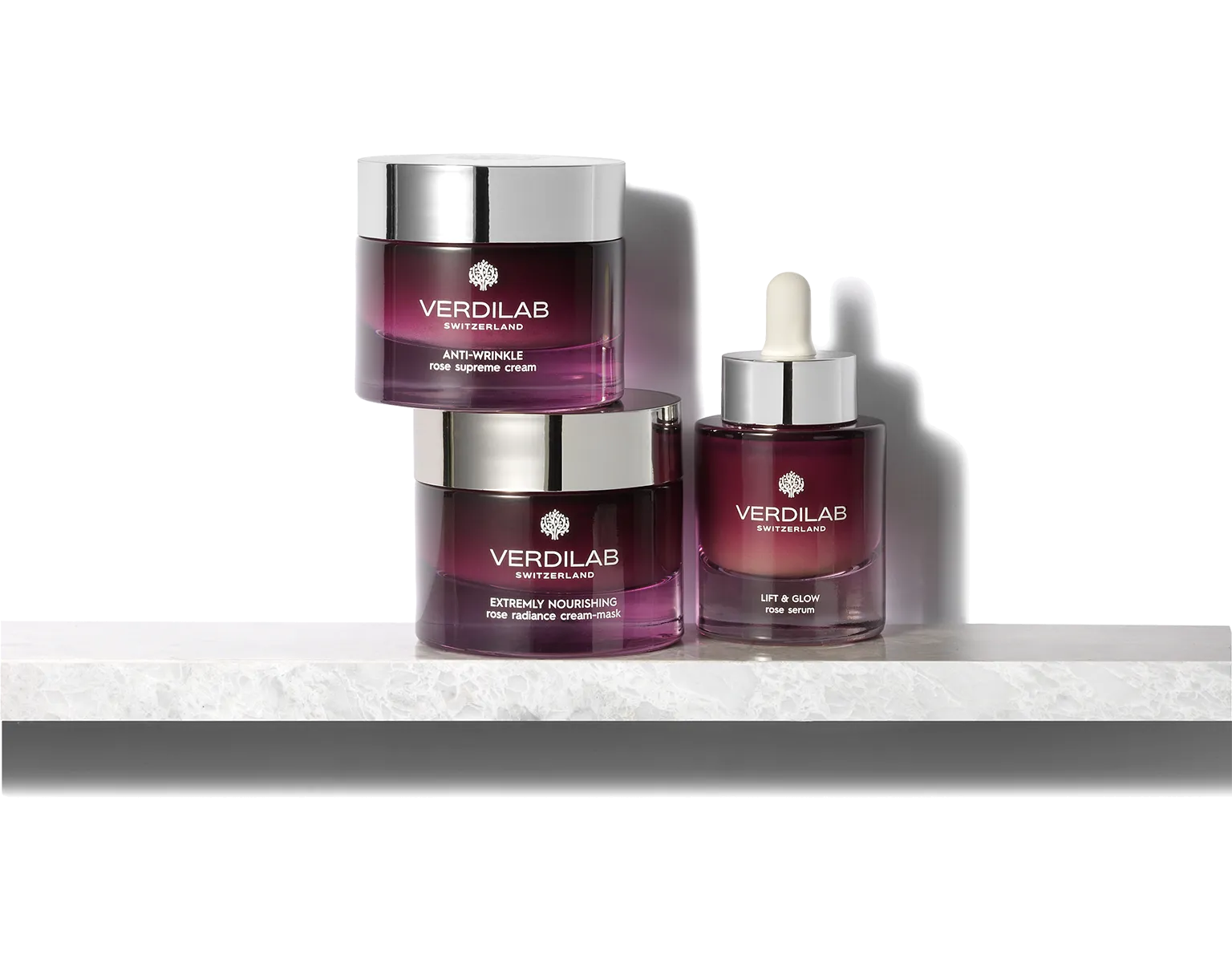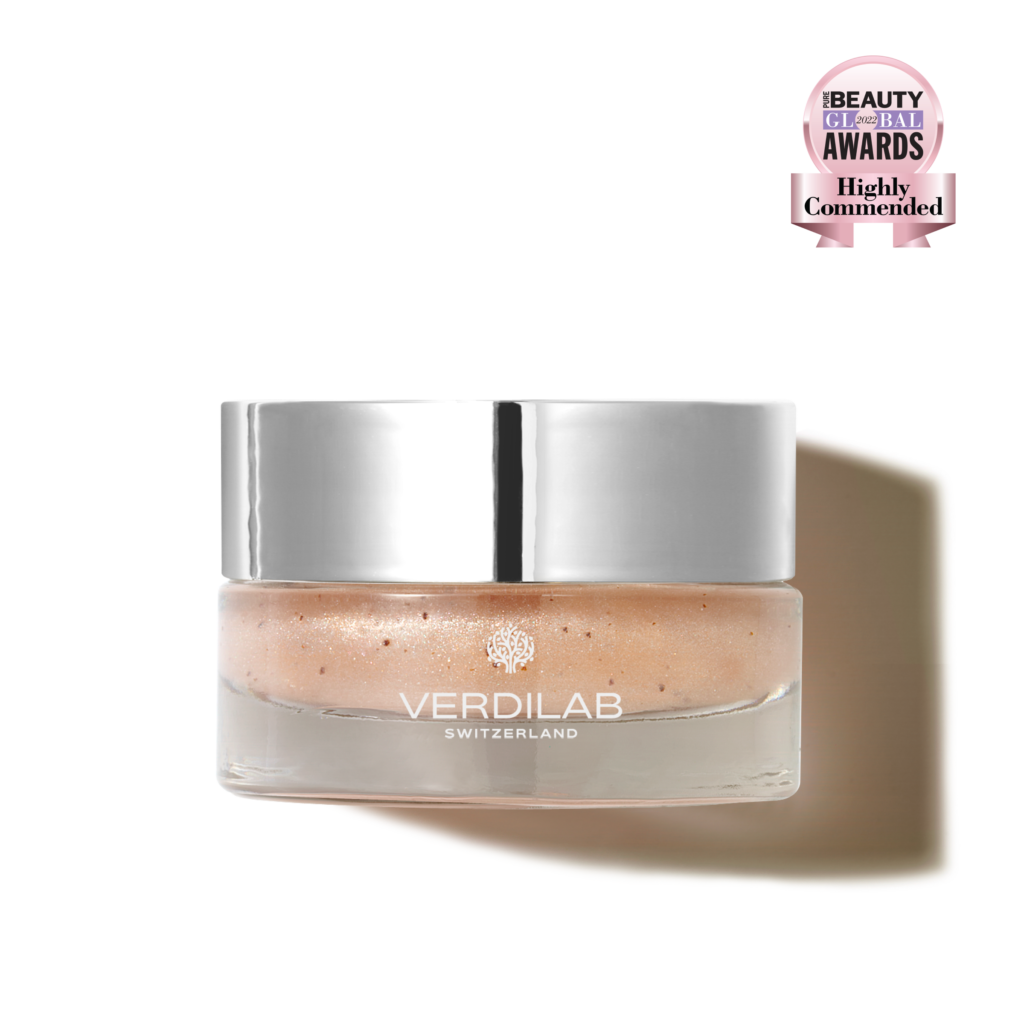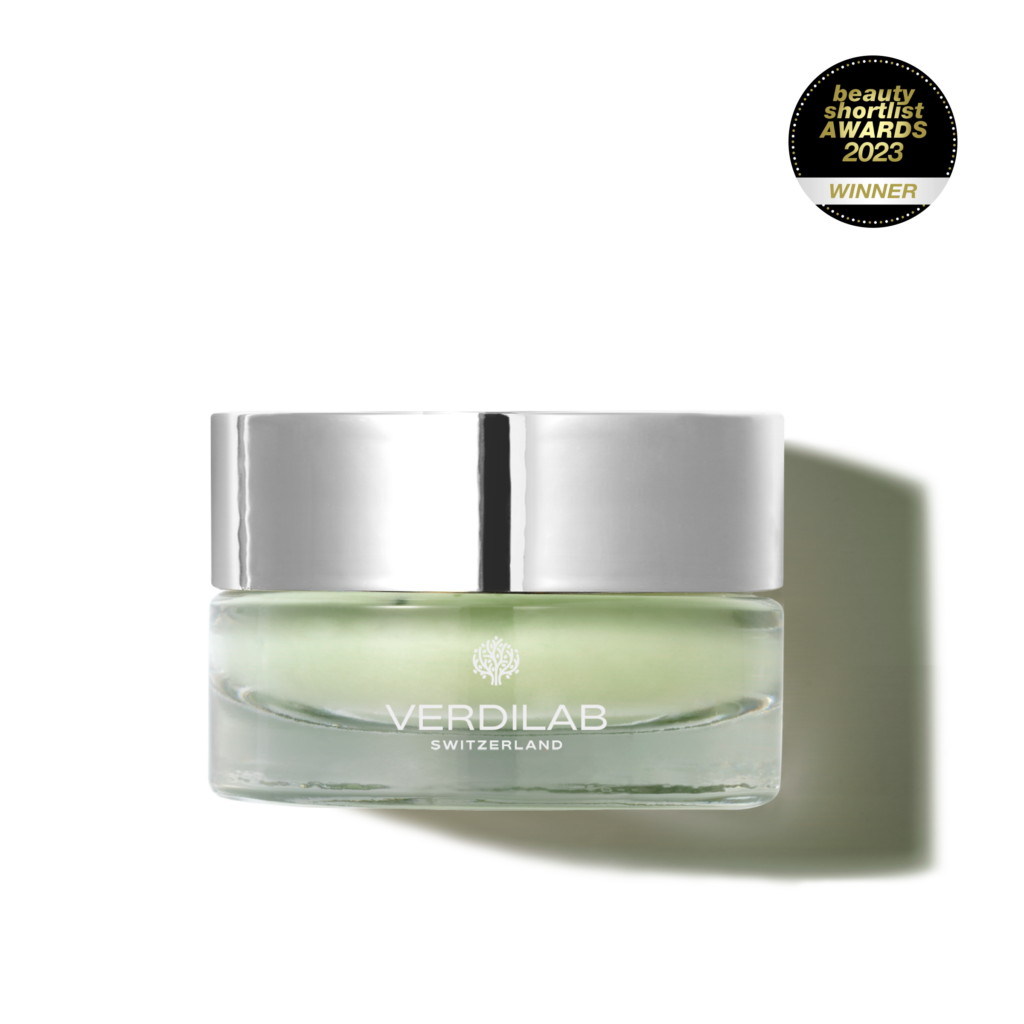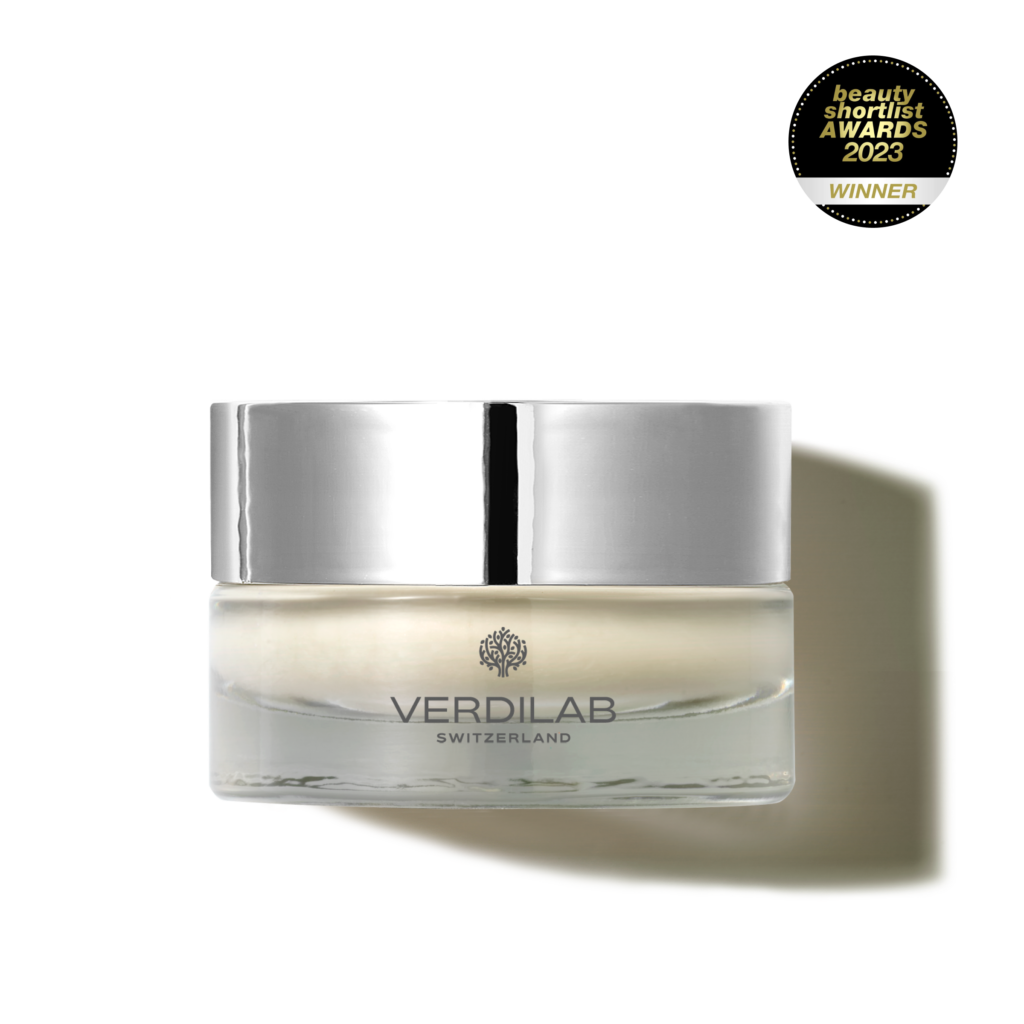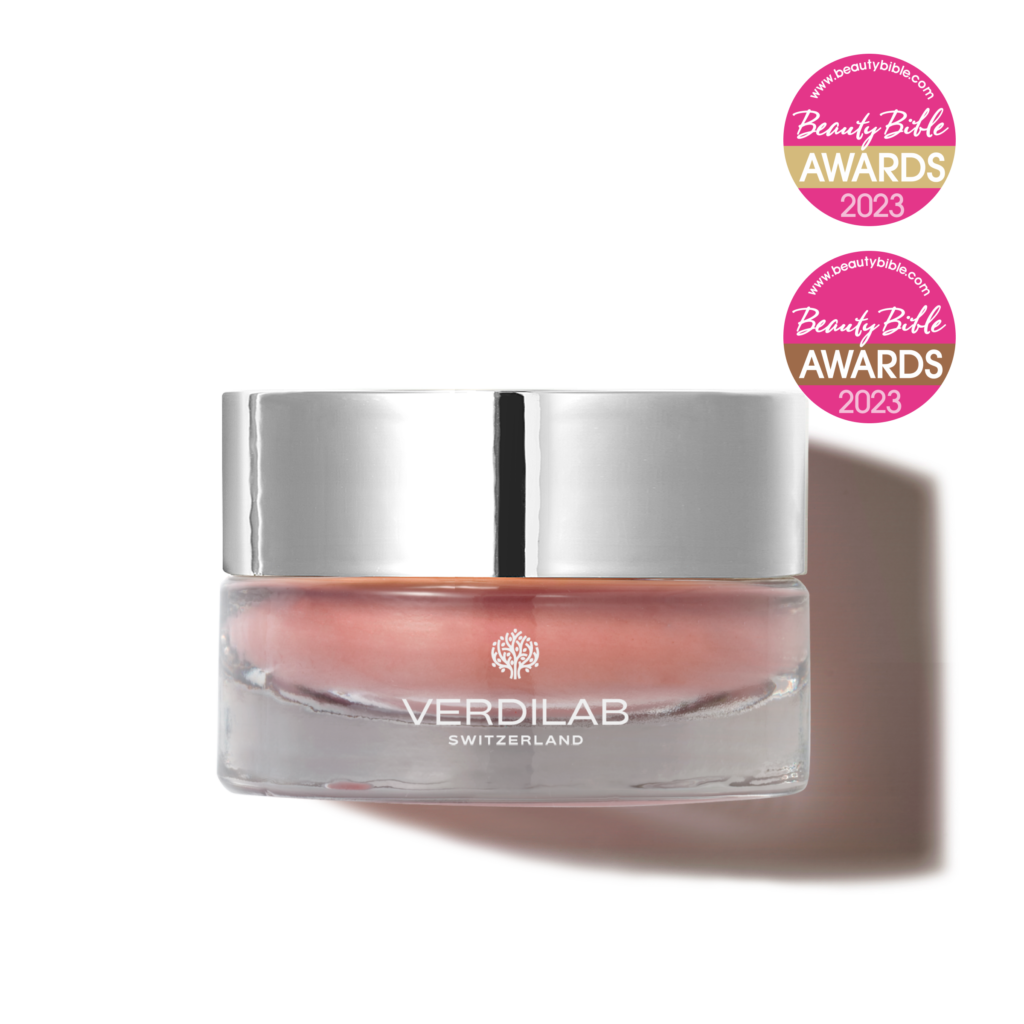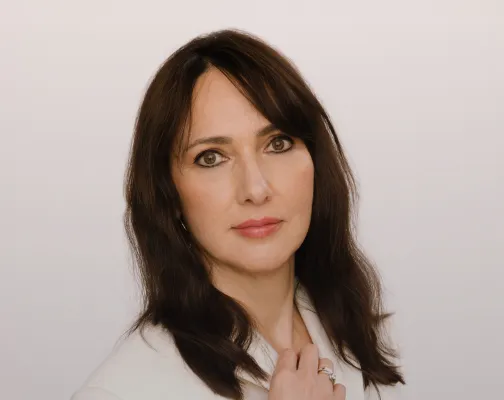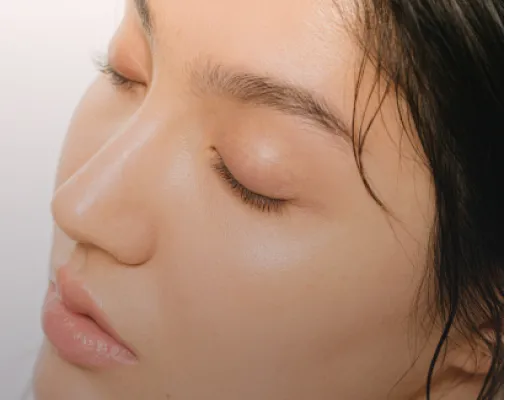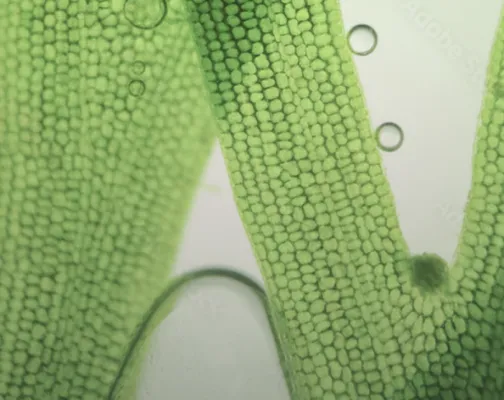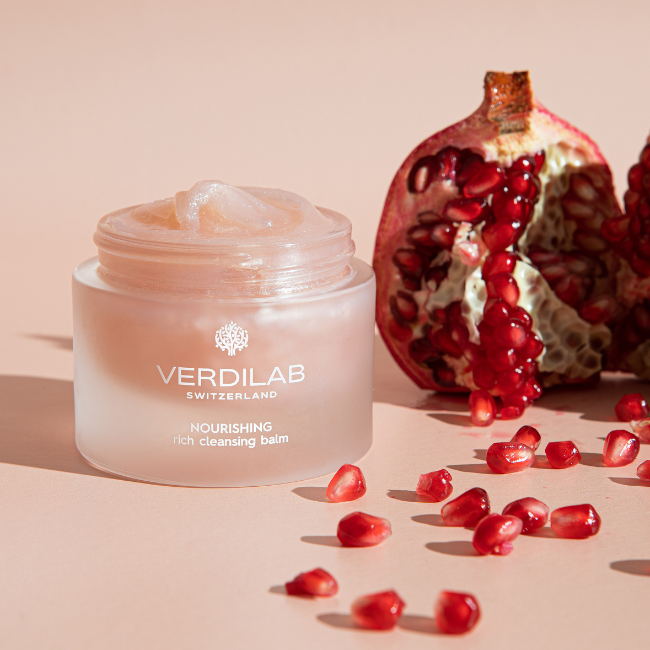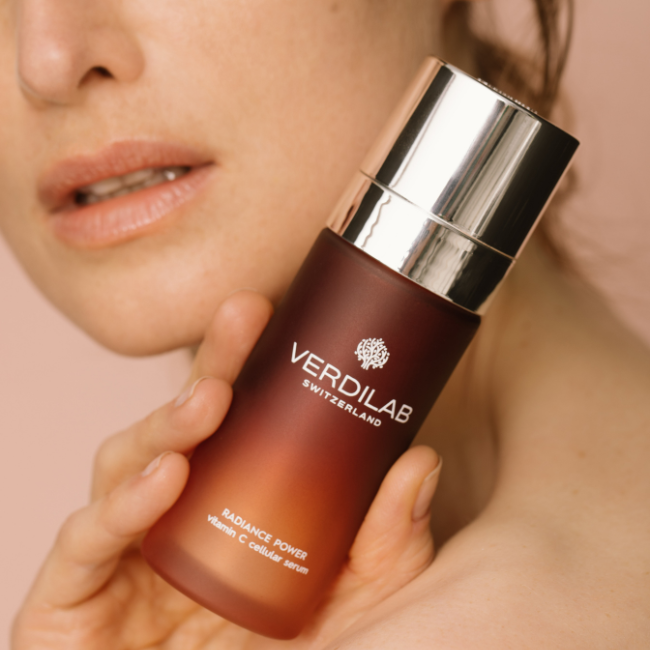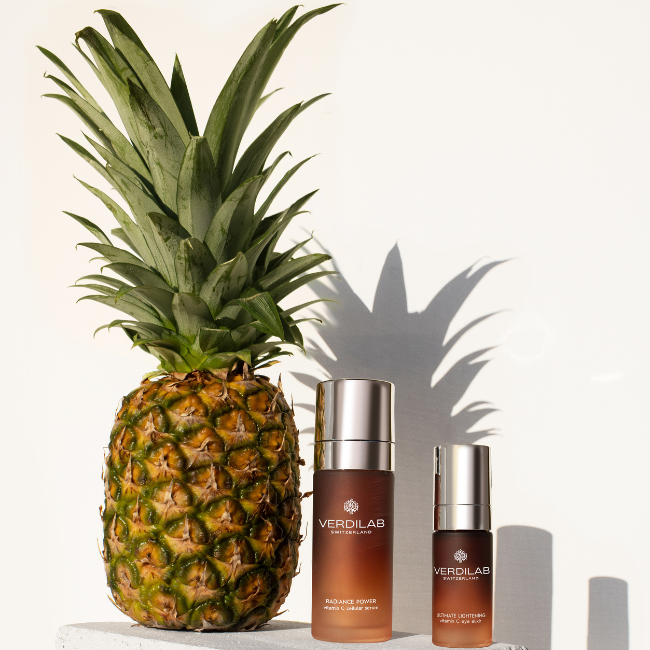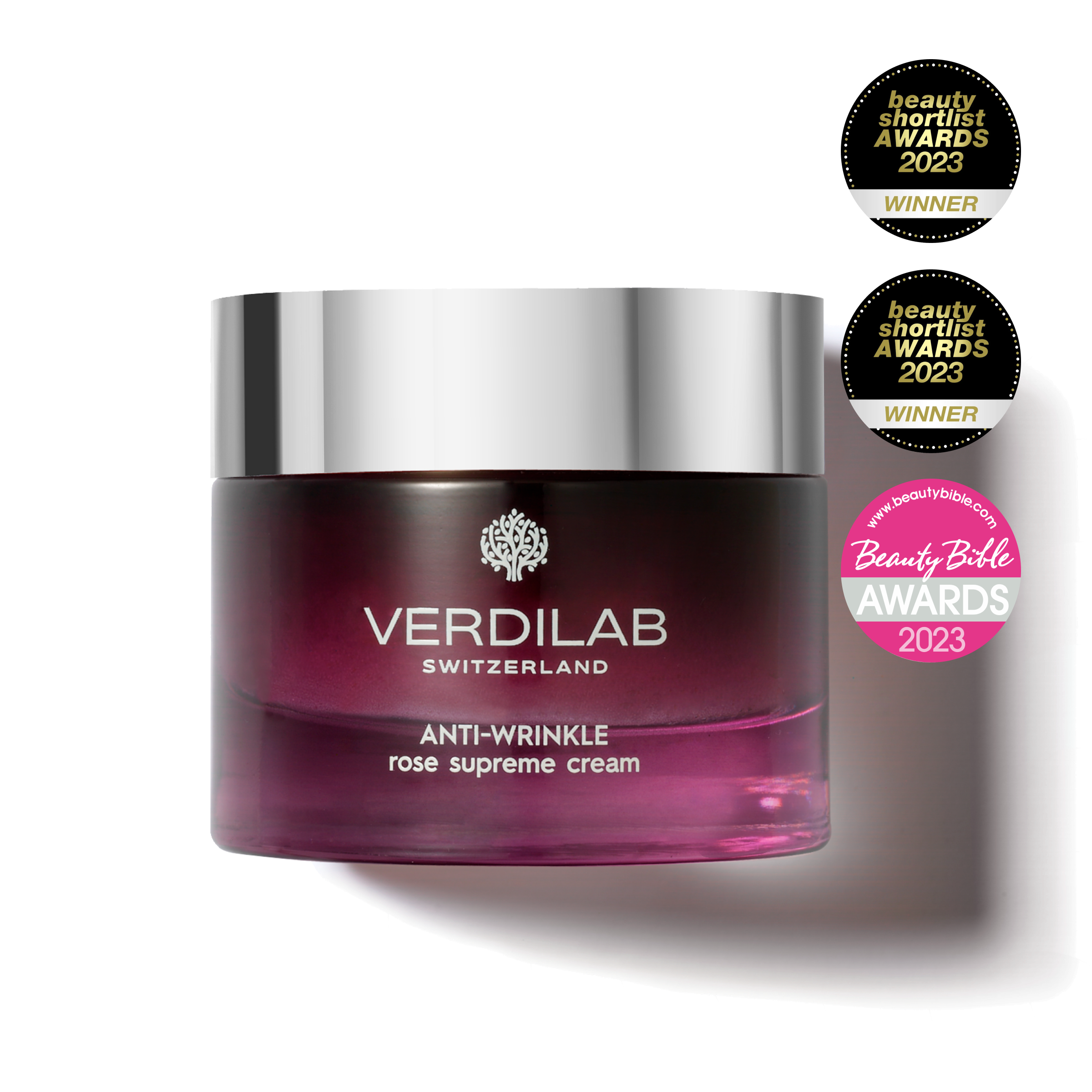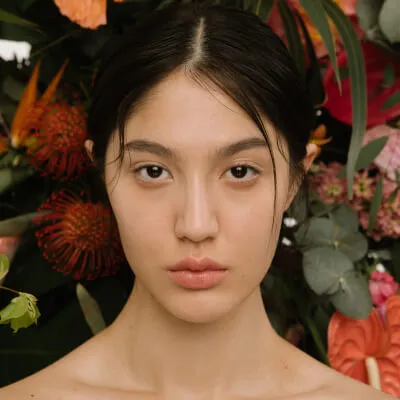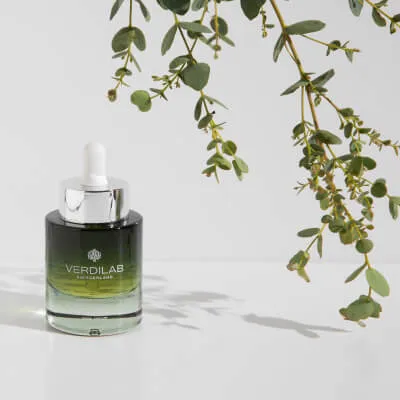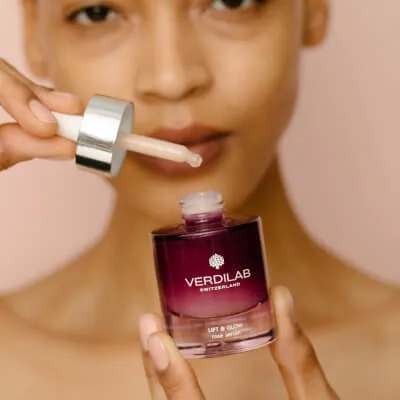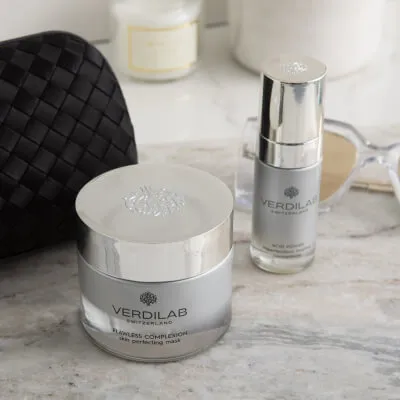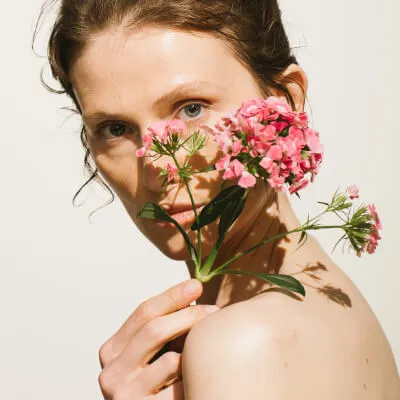- When Should You Start Using Anti-Aging Cream?
- How Do I Slow Down the Skin Aging Process?
- What Ingredients Should My Anti-Aging Serum Contain?
- Are Retinol and retinoid-like ingredients the Same?
- The Benefits of Using Anti-Aging Products
- Anti-Aging Skin Product Myths
- The Telltale Signs of Skin Aging
- How Does the Skin Aging Process Work?
- The Takeaways When it comes to Skin Aging
- Frequently Asked Questions
You want to take care of your skin and keep it youthful-looking. However, how old should you be to use anti-aging creams? That is a question that many people ask themselves, and the answer may surprise you. In this article, we’ll answer that question as well as give information about how anti-aging cream can help fight signs of aging.
When Should You Start Using Anti-Aging Cream?
Prevention is better than the cure, and that is doubly so when it comes to skincare. That being said, if you are in your 20s, the short answer is right now, according to the experts. But if you are not in your 20s, what does that mean?
The truth is that there really isn’t a set age for everyone to start using anti-aging skin creams. It all depends on how old you are and what stage of life you’re in. Let’s take a look at who should be using these products according to dermatologists.
How Do I Slow Down the Skin Aging Process?
While you can’t entirely stop the advances of father time, there are certain actions you can take to prolong a youthful appearance. These include eating healthy, exercising regularly and using anti-aging skin creams. In fact, using an effective product can make a huge difference in how radiant you look by reducing wrinkles and fine lines, fading dark spots and improving the elasticity of the skin.
Should I Automatically Use Anti-Aging Creams When I’m 25?
The correct age to start using anti-aging skin creams is dependent on a person’s lifestyle and habits. For instance, if you smoke or drink heavily, expose yourself to environmental pollution, then you may experience premature aging, and it may be best for you to use an anti-aging cream in your 20s. However, if you work out, eat a healthy diet and use plenty of broad-spectrum sunscreen, then waiting until your 30s might be more appropriate.
Should I Use a Retinoid When I Turn 20?
Using a Retinoid in your 20s is a personal choice. This is because there are no concrete research studies that say if these products will help or harm the skin in this age range, although many dermatologists recommend using them before turning 30. But in every age, you should be very careful with retinoids because of lots of side effects they can cause severe irritation or flaking the skin. Among others, they also make your skin ultra-sensitive to sunlight. Retinoids are not recommended for people with sensitive skin. But the good news is that there are natural active ingredients, like Rock Samphire extract for example, that work similarly as retinoids, but without harmful side effects.
The Best Preventative Steps in Your 20s
Unfortunately, there is no magic pill to keep your skin from aging overall. However, if you are in your 20s, there are a few ways to keep your skin looking its best for as long as possible. These include eating healthy and exercising regularly, as well as using a broad-spectrum sunscreen every day if you go outside for more than 30 minutes. Using an anti-aging skin cream with retinol or retinol-like properties can also help immensely with minimizing wrinkles and evening out any discoloration on the skin.
Does Skin Get Dependent on Anti-Aging Creams and Serums?
No, your skin will not become dependent on anti-aging creams and serums. What they do is help to slow down the aging process and give you a more youthful appearance. Of course, if you stop using them, then it’s likely that over time your skin may age as quickly as it would have before you started using these products.
Don’t Forget to Protect the Rest of Your Body
You can apply anti-aging cream to your neck and décolleté area as well. This is because the skin in these areas also becomes wrinkled as you age, which you want to avoid for as long as possible. Also, remember that the sun damages your neck and décolleté area just like any other unprotected body part, so be sure to wear a broad-spectrum sunscreen on those areas every day too.
You should also be sure to protect the rest of your body. This means wearing protective clothing, staying in when it’s extremely hot or cold outside and applying at least an SPF 30 sunscreen all over before you go out into the sun. When used correctly, these steps can help keep your skin looking young for years to come.
What Ingredients Should My Anti-Aging Serum Contain?
To prevent your skin from prematurely aging, you want to look for an anti-aging serum with strong antioxidant properties. LIFT & GLOW Rose Serum by VERDILAB is one such product. This serum is ultra-charged with natural actives, which are dedicated to rejuvenating dull and mature skin, gifting you with increased elasticity and fewer fine lines.
In addition, LIFT & GLOW Rose Serum contains the highest purity molecule of Resveratrol to protect the skin from premature aging due to its strong antioxidant properties. It provides your skin key benefits, such as instant lifting and skin radiance. Plus, the high concentration of potent phytomolecules in the serum boosts skin regeneration, giving you a radiant, rested look while also reducing visible signs of skin fatigue.
Are Retinol and retinoid-like ingredients the Same?
Although they both have anti-aging properties, retinol and retinoid-like natural ingredients are chemically different. You don’t need a prescription to get beauty creams and serums that contain retinol. But despite that, retinol usually cause negative side effects such as sun sensitivity and irritation. Retinoid-like natural ingredients have the unique possibility to imitate retinol properties through stimulating replication of keratinocytes.
LIFT & GLOW Rose Serum contains Rock Samphire extract sourced from the plant that grows on British coastlines. It has the unique property of increasing skin cell replication which is scientifically confirmed. This leads to increased epidermis thickness and a decrease in the depth of wrinkles. And it has no side effects typical for synthetic retinoids such as photosensitivity, skin dryness and irritations.
The Benefits of Using Anti-Aging Products
Using anti-aging products is the best way to reduce wrinkles and fine lines, as well as prevent them from getting worse. The ingredients contained in these types of creams also stimulate cell turnover rate, which makes your skin healthier, more radiant and younger-looking overall.
Are There Downsides to Using Anti-Aging Products?
You might notice that some anti-aging formulas make your skin more sensitive to sunlight. This means you need to be extremely careful when going outside for any length of time, especially if it’s sunny or bright out. You should also avoid tanning beds and wearing sunless tanner while using these types of skincare products.
Anti-Aging Skin Product Myths
There are myths surrounding anti-aging products that seem to prevail for some reason or another; they include:
- Anti-aging skin products stop the aging process: Anti-aging skincare products are designed to help reduce the signs of aging on your skin or reverse the signs of premature aging but they are not a magic wand that prevents your skin from getting older. On the other hand, anti-aging products do work to recover your skin’s radiance. Effective anti-aging cosmetics bring your skin strong protection against free radicals – unstable molecules that damage proteins, lipids and even DNA of skin cells accelerating premature aging. They also revitalize and lift your skin, while recapturing its natural ability to self-repair and promote its healthy, radiant look.
- They have toxins in them: Some people falsely believe that anti-wrinkle creams have harmful chemicals in them which cause wrinkles. There have been no studies done that prove this, so it is just a myth. Meanwhile, it is true that some anti-aging products use parabens, lots of synthetic polymers, different petroleum derivatives, silicones, microplastics, phenoxyethanol and other skin irritants & toxins. VERDILAB cosmetics don’t — they are both synthetic-free and toxin-free.
- Anti-aging serums all work the same way: A lot of people falsely believe that all anti-aging creams work the same way, which is not true either. Most products contain different ingredients to target specific signs of aging on the face and body. For example, there might be a formula designed to smooth out fine lines, while another one focuses on improving skin firmness.
The Telltale Signs of Skin Aging
You can tell if your skin is starting to age because it becomes duller and has fine lines than before. The elasticity of the skin also decreases over time, which means that you might not be able to smile or frown as much without seeing these effects on your face after a while. This effect makes your face look droopy and tired. You may also notice that there are dark spots, dark circles under the eyes, crow’s feet and other telltale signs of aging.
How Does the Skin Aging Process Work?
Aging is a natural process that everyone goes through. There are two types of aging – intrinsic and extrinsic. Intrinsic aging is a genetically determined process caused by biological age. The skin aging process works by breaking down the support structures within your skin, which come from collagen. This protein provides structure and firmness to the dermal layer. It also keeps it plump and full so that wrinkles are not as noticeable on your face or body. As collagen production is slowing down over time, natural exfoliation and cellular regeneration becomes visibly reduced. This is when you might notice more visible signs of aging.
External Factors That May Contribute to Skin Aging
Extrinsic aging is caused by external factors. Even if you have great genetics, they can speed up the effects of aging and make your skin look older than it actually is. But the good news is – you can control them. Excessive sun exposure (UV radiation) causes sunburns, regular smoking, processed foods, stress, environmental pollution and blue-light radiation or sleeping less than 7-8 hours – all of which can contribute to premature aging of your skin. So, if you would like to postpone this process, just start to eliminate these unhealthy habits.
The Takeaways When it comes to Skin Aging
There is no way to stop the skin’s aging process, and most anti-aging products focus on reducing its effects. The earlier you implement a healthy lifestyle with additional support from anti-aging creams, serums or masks — the sooner you will see results in terms of smoother and nourished, more radiant skin, less visible wrinkles and fine lines.
Frequently Asked Questions
These are the most frequently asked questions that we see.
What age is best to start using anti-aging cream?
According to dermatologists, you should start using anti-aging products when your face starts to show signs of aging. For those who are curious, facial aging starts when you start to lose the baby fat in your face. That’s around the time you transition from your teens into young adulthood.
The first signs of aging will start happening in the brow area, and many young people have an “11” in between their brows or crows feet if they spend a lot of time in the sun or on the computer. These early lines and creases are what are known as ‘motor wrinkles.’
Can I use anti-aging products at 25?
As mentioned, the exact age to start using anti-aging skin creams is when you notice the first signs of aging. That being said, your lifestyle and environment play a part in how quickly these changes occur. Therefore, some people might start earlier than others do—such as those who smoke or live with someone that does.
Should I start using anti-aging products when I’m 22?
There is no right or wrong answer here. It all depends on what you deem as “early signs of aging.” If anything, it is a good idea to start using moisturizing serums, masks and creams when you notice that your skin starts becoming drier than usual.
What are the best anti-aging products for 30-year-olds?
Different anti-aging products are designed to fight different signs of aging, and what you used and did for your skin in your 20s isn’t going to cut it in your 30s. That being said, this is a good time to use serums and creams that contain natural ingredients with retinol-like properties like LIFT & GLOW Rose Serum since they stimulate replication of skin cells. This will result in thicker skin layers which not only plump up your face, but also reduce the size of fine lines and wrinkles as well.
What are the side effects of anti-aging products?
If anti-aging products are formulated properly, they should not cause any side effects or irritations. But this of course does not apply to products containing retinol. If used in effective concentrations, retinol usually causes dryness and photosensitivity. But pay attention to the composition of products you use. If anti-aging cosmetics contain essential oils, most probably they also contain any of 26 common allergens listed by the European Union as potential skin sensitizers. These allergens have to be listed in the ingredients list. You can easily identify them by names as BENZYL CINNAMATE, CITRAL, CITRONELLOL, GERANIOL, LINALOOL and others. If you would like to avoid such allergens you can use products without fragrances, or with natural fragrances that are free from allergens, the ones used by Verdilab in all its skincare products.
What’s the best anti-aging product for sensitive skin?
One of the most important things to consider when shopping around for an anti-aging product is whether or not it contains synthetic or natural irritants in the composition. We do not suggest using products with phenoxyethanol – first choice preservatives used recently by a lot of brands, also claiming themselves “clean”. These are classified as toxic (for use around the mouth) and an irritant by the European Union. Make sure that your cosmetics do not contain sulphates (you can recognize them in the ingredients list by SLS or SLES abbreviation). These surfactants are usually used in cleansing products that can cause severe skin irritation or even allergies.
Fortunately, VERDILAB anti-aging products – LIFT & GLOW Rose Anti-Aging Serum, Extremely Nourishing Rose Radiance cream-mask and Anti-wrinkle Rose Supreme cream are super clean and safe to use if your skin is sensitive.
Is it ever too early to start using anti-aging serums?
Some people start using anti-aging serums and lotions as early as their teenage years. But we do not suggest starting an anti-aging routine so early. Instead, you can use moisturizing serums or masks, especially if your skin is dry. Others should wait until around age 30, which is when our skin starts showing signs of premature aging, such as fine lines and wrinkles that weren’t there before. We believe this is a perfect time to start using anti-aging skincare solutions.
What’s the right age to use a night cream?
The best time to start using a night cream is when you notice that your skin starts becoming drier than usual. Dryness can be caused by many things such as changing weather conditions, the use of certain products or just aging itself. In any case, it’s important for all ages to apply anti-aging creams before going to bed so that you can help your skin retain as much moisture as possible throughout the night. But we have an even better patent for you here – try using anti-aging cream-masks. They usually bring your skin more concentrated active ingredients and being used as overnight care work even better. VERDILAB Extremely Nourishing Rose Radiance cream-mask can be used as an intensive night care. It perfectly moisturizes and nourishes the skin, tackling the signs of tiredness and premature aging, progressively returning a more rejuvenated and glowing complexion.
The Best Time to Start Taking Care of Your Skin is Now
The bottom line is that no matter what age you are—whether you are 25 or 45—it’s important for everyone who wants to reduce fine lines and wrinkles, as well as restore elasticity to the skin, to use anti-aging creams and serums. Be sure to check out our line of anti-aging cosmetics – serum, cream and cream-masks, along with our other fine skincare products on our website.
